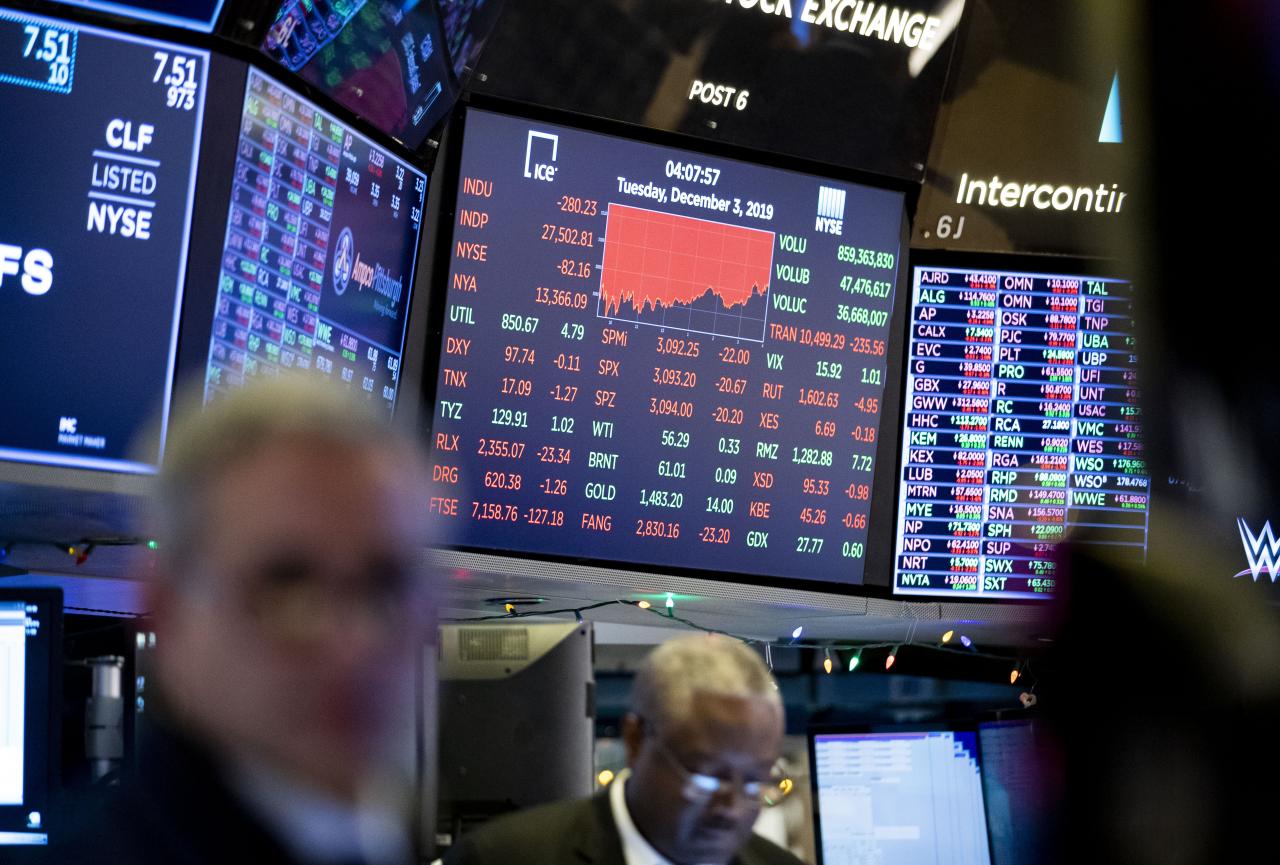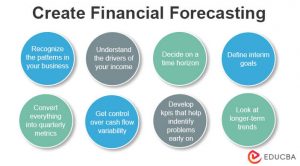
Visualizing “Stock Market Live News” Data

Effective visualization is crucial for understanding the dynamic nature of the stock market. Live news broadcasts rely heavily on visual representations of data to convey complex information quickly and efficiently to viewers. Different chart types, color schemes, and visual cues all play a vital role in this process, though they can also lead to misinterpretations if not used carefully.
Chart Types for Visualizing Live Market Data
Various chart types are employed to display live stock market data, each with its own strengths and weaknesses. Candlestick charts, for instance, provide a rich visual representation of price movements over a specific period, showing the opening, closing, high, and low prices. Line graphs, on the other hand, offer a simpler, smoother representation of price trends, highlighting overall direction rather than the granular detail of daily fluctuations.
Bar charts can effectively compare the performance of different stocks or sectors simultaneously. The choice of chart type depends on the specific information the broadcaster aims to highlight. For instance, candlestick charts are ideal for detailed analysis of short-term price action, while line graphs are better suited for showcasing long-term trends.
Color Coding and Visual Cues in Live Market News Displays
Color coding is extensively used to convey information rapidly and intuitively. Typically, upward price movements are represented in green, indicating gains, while downward movements are shown in red, signifying losses. These color conventions are almost universally understood and allow viewers to instantly grasp the direction of price changes. Beyond simple color-coding, other visual cues, such as shaded areas highlighting significant price ranges or volume indicators, provide additional context and help viewers understand the market’s momentum and volatility.
For example, a rapidly increasing volume displayed with a bold red line alongside a downward price movement might signal a significant sell-off.
How Visual Representations Can Enhance or Distort Understanding
Visual representations of live data can significantly enhance understanding by making complex information more accessible. A well-designed chart can quickly reveal trends, patterns, and anomalies that might be missed when looking at raw numerical data. However, visual representations can also distort understanding if not carefully constructed. For example, the scale used on a chart can be manipulated to exaggerate or minimize price movements, potentially misleading viewers.
Similarly, the omission of crucial data points or the use of misleading visual cues can create a biased or inaccurate impression of market trends. The use of three-dimensional charts, while visually appealing, can often distort the perception of relative magnitudes.
Hypothetical Visual Representation of Live Stock Market Data
Imagine a display showing the S&P 500 index. The primary element is a large, interactive line graph displaying the index’s price over the past year. The x-axis represents time, and the y-axis represents the index value. The line itself is dynamically updated in real-time, changing color based on the direction of the price movement: green for upward trends, red for downward trends.
A smaller, overlaid candlestick chart shows the intraday price action, allowing viewers to see the detailed price fluctuations within the current trading day. To the right, a bar chart displays the volume traded during each hour of the day, with the height of the bars indicating the volume. The color of these bars would also change dynamically, using shades of green and red based on the direction of the price movement during that hour.
Finally, a small table displays key indicators, such as the day’s high, low, open, close, and percentage change, all dynamically updated in real-time. The purpose of this design is to provide a comprehensive, yet easily digestible, overview of the S&P 500’s performance, combining different visualization techniques to offer a clear picture of both short-term and long-term trends, as well as trading volume.

